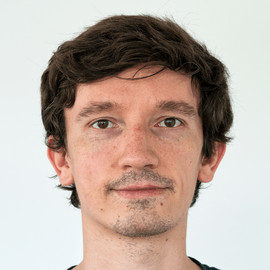Abstract
Natural image generation is currently one of the most actively explored fields in Deep Learning. Many approaches, e.g. for state-of-the-art artistic style transfer or natural texture synthesis, rely on the statistics of hierarchical representations in supervisedly trained deep neural networks. It is, however, unclear what aspects of this feature representation are crucial for natural image generation: is it the depth, the pooling or the training of the features on natural images? We here address this question for the task of natural texture synthesis and show that none of the above aspects are indispensable. Instead, we demonstrate that natural textures of high perceptual quality can be generated from networks with only a single layer, no pooling and random filters.

Principal Investigator (PI)
Wieland Brendel received his Diploma in physics from the University of Regensburg (2010) and his Ph.D. in computational neuroscience from the École normale supérieure in Paris (2014). He joined the University of Tübingen as a postdoctoral researcher in the group of Matthias Bethge, became a Principal Investigator and Team Lead in the Tübingen AI Center (2018) and an Emmy Noether Group Leader for Robust Machine Learning (2020). In May 2022, Wieland joined the Max-Planck Institute for Intelligent Systems as an independent Group Leader and is now a Hector-endowed Fellow at the ELLIS Institute Tübingen (since September 2023). He received the 2023 German Pattern Recognition Award for his substantial contributions on robust, generalisable and interpretable machine vision. Aside of his research, Wieland co-founded a nationwide school competition (bw-ki.de) and a machine learning startup focused on visual quality control.